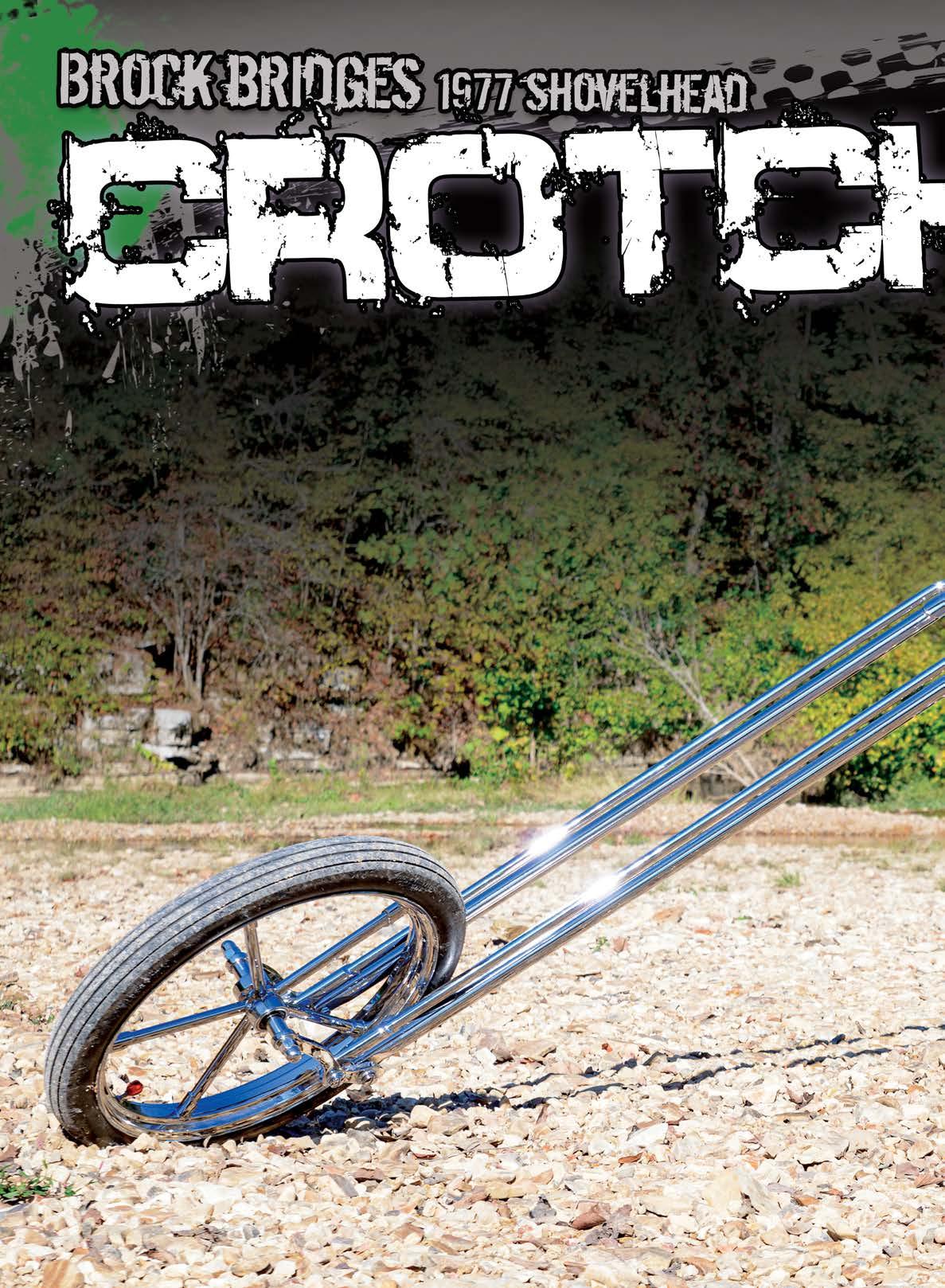
4 minute read
Building A Metering Valve

as I sit here today, 10 Years ago this month was my first tech article for this fine magazine that you have in your hands right now. To think about how many tech articles that I have done from then to now, blows my mind.
Advertisement
Well over 100 of them, and I hope to do many more! Me being me, I can never leave well enough alone. I am always trying to work better or be better. That is where this article stems from. I have an old sandblaster from somewhere I cannot remember but it is a cheap one. I am always messing with it to try and make it perform better. This month I am going to show you how I made a metering valve for my sandblast cabinet. Not knowing if it is going to improve the cabinets performance or not but we are going to give it a shot.
A metering valve replaces the siphon tube that is inside the cabinet. The metering valve is mounted on the outside of the cabinet on the trap door. Everybody says these things work great. But no one has yet to say how or where they improve the performance of the machine. So, a quick trip to the local hardware store to gather up supplies. This is what I came up with. It’s worth a try right…

Article And Photos By: Daniel Donley www.pandemoniumcustomchoppers.com
1 ¼” Floor flange 1 ¼” 90 deg street elbow 1 ¼” x 4” long nipple 1 1/4x ¾” reducer ¾” x 5/8” brass barb 5/8” ID heater hose Approx. 6’ long ¼” NPT Motorcycle petcock from the junk drawer or some sort of valve
All the parts listed cost about $35 excluding the motorcycle petcock from the junk drawer. Here you can see my trusty old cabinet. It is very similar to the affordable ones they seem to sell everywhere nowadays. I removed the siphon tube from the machine which is nothing more than removing a couple of bolts and a hose.
After removing the trap door from the base of the machine, you will need to find the center as we will be drilling a


1 ½” hole there. I use my drill press to drill the 1 ½” hole while holding it in my drill vise. I then line up the Floor Flange with that hole to mark and drill the additional 4 mounting holes and used some random ¼” fasteners that I had laying


around. Along with some silicone to seal the two parts together.
Next drill a 7/16” hole in the center of the 4” long nipple. I then tapped

it to a ¼” NPT that is the size of the random junk drawer petcock find. This petcock valve is going to be used to allow air into the metering valve. I used a little bit of sealant on the threads. From the photos you can see that assembling this is straightforward. Be sure to use sealant on the threads. Now you can get a better idea of what we are making here. The sand will collect into this metering valve and the petcock is used to allow atmospheric pressure into the valve, so you can custom tailor to the needs of your blasting machine. I drilled a 1” hole in the front of the
machine for the 5/8” hose to pass through. You will want to use a rubber grommet here to protect the hose. (NOT PICTURED) Then attach the 5/8” hose to the metering valve into





the gun inside your cabinet. So, you are probably wondering by now, does it actually work? What does it actually do? Yes, it works, and it works great! What does it do? It does away with any spitting or surging of sand coming from the gun. So, you get a constant flow of blasting sand. I also noticed that I do not have to run 50 lbs. of media in my machine anymore. It runs just fine with about 15 to 20 lbs. of media. As for the petcock, that is used for your air inlet adjustment, I found that opening it halfway performed the best for me. Each cabinet will vary. The part pictured is a piece of 1 x 2 that is about 15” long that was covered in rust, I blasted it completely in under 60 seconds. So, for $35 bucks and couples of hours you can turn your joe-schmo blasting cabinet into a blasting beast!
If there is something that you would like to see a Tech article on or have any questions, please call me or email me. 419-576-6812 Facebook- Pandemonium Custom Choppers Instagram - pandemoniumc2 happydandemonium@gmail.com www.pandemoniumcustomchoppers. com
















